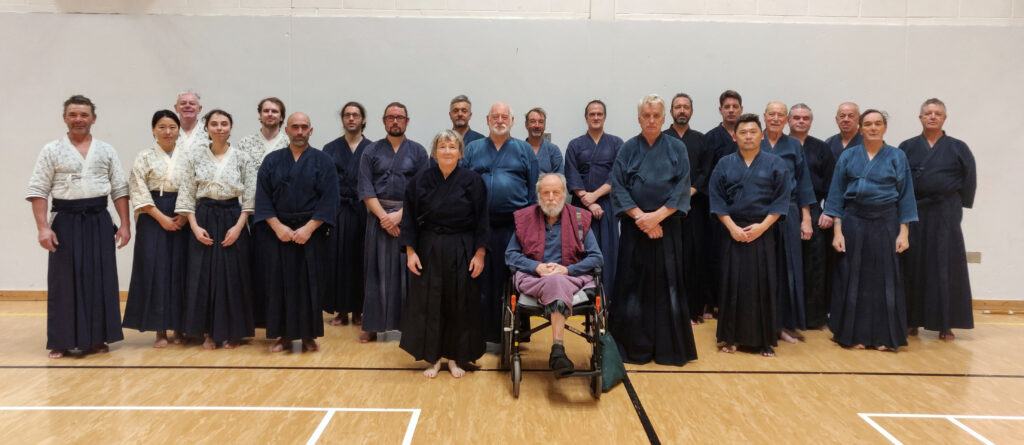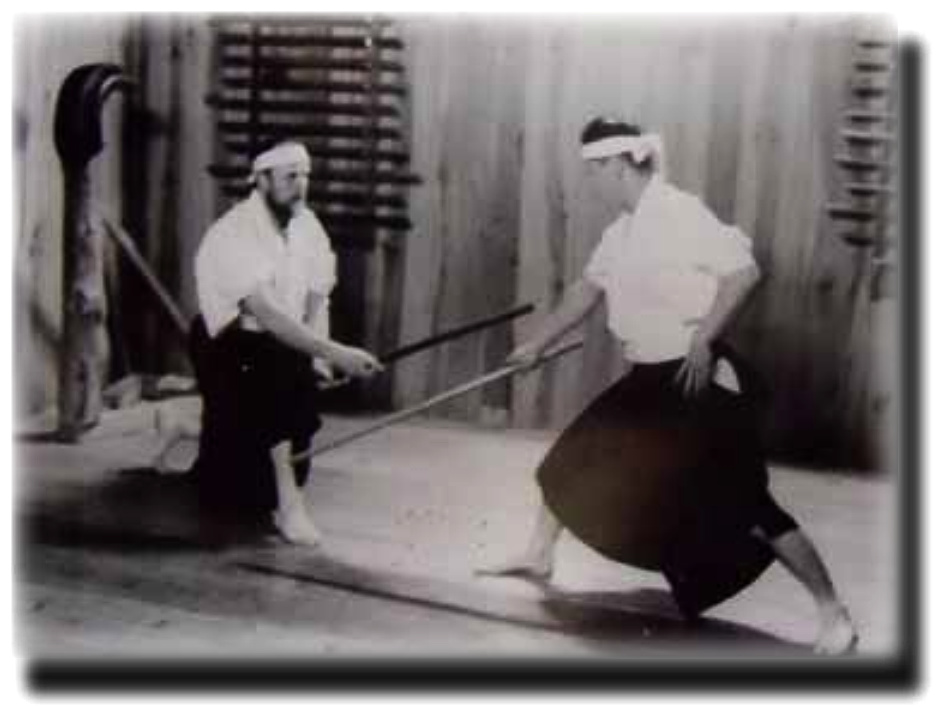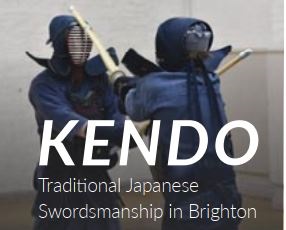
A practice was held in Tunbridge Wells on Sunday, with kendoka from many dojo in attendance, to commemorate the 90th birthday later this week, of Roald Knutsen sensei.
Continue reading Birthday Celebration Practice
A practice was held in Tunbridge Wells on Sunday, with kendoka from many dojo in attendance, to commemorate the 90th birthday later this week, of Roald Knutsen sensei.
Continue reading Birthday Celebration PracticeNow available to download, this powerful essay by Roald Knutsen sensei examines traditional Japanese martial arts based on the theory of beauty discussed by William Hogarth in his book The Analysis of Beauty, published in 1753.

The Line of Beauty:
Notes on the Intangible in Kendō, Iai-jutsu and the Traditional Bugei
by Roald Knutsen.
Japanese translation by Ogino Kinuyo & Phillip Jupp.
Edited by Nakano Tomoko, Matsuda Kazuyo & Nakao Masashi.
The essay, in Japanese and English, can be downloaded here.
After many years trying to introduce traditional Budō to Western students and through long teaching by many Japanese sword masters, all of whom had themselves been instructed by former kenshi, we have long thought of passing the teaching on, just in case it will help a few students forwards on their personal paths to some degree of enlightenment. Maybe our thoughts are correct, maybe they are not, but at the very least we have tried.
Roald Knutsen
It is with regret that I have to let you know about the passing of Reg Winnall in December last year “at the grand old age of 97” in the words of his friend Terry Brough. Reg was a keen budo-ka of several decades standing. He practiced Judo in Stafford in the 1960’s, which led to Aikido, including a seminar with Koichi Tohei sensei when he visited the UK (Reg managing to capture the sessions on film). This in turn sparked an interest in chi/ki that he stayed with him for the remainder of his life and partly explains his fluid ashi-waza.
Continue reading In Memory of Reg Winnall
Beginners welcome for traditional kendo in Brighton and Lewes. Trial lessons – no obligation. Click here for details.
Continued from part one.
One of the purposes of this article when first written, was to ‘open a window on the past’ and a mere recital of uncertain facts is no real way to do this. Who is really ‘livened up’ by dry as dust academic history other that some specialists? I was going to recount the historical background of the Kashima Shinto-ryu and the famous master, Tsukahara Bokuden, but will keep this back for a separate article on this Renmei Website in the coming months. We have a number of records, some fragmented, concerning this remarkable warrior but we must freely acknowledge that he was an undoubted genius and, despite his background in the bloody strife of his lifetime, he lived through most of the extreme virtual anarchy of the ‘Age of War’ throughout the first three-quarters of the Sixteenth Century, and his legacy is still very much with us today, more than five-hundred years after his death. His passing, in itself, is remarkable as he died in his bed at the age of eighty-two – and for a samurai of his time that was very unusual, indeed.
Continue reading Understanding Kata – part two